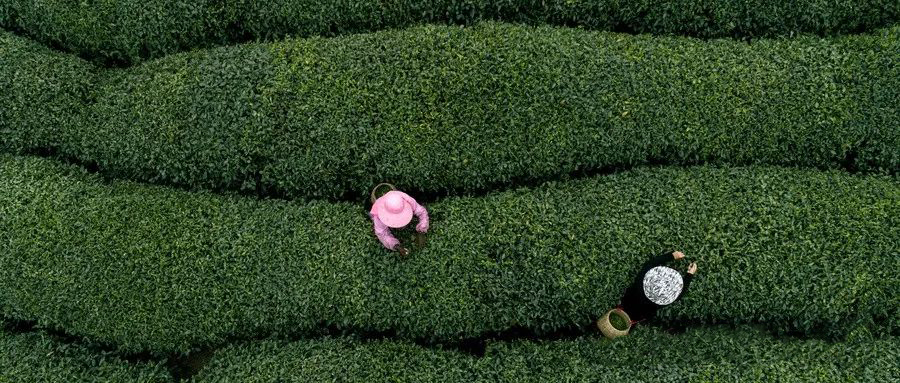For centuries, tea picking machines have been the norm in the tea industry to pick tea according to the iconic “one bud, two leaves” standard. Whether it is picked properly or not directly affects the presentation of the taste, a good cup of tea lays its foundation the moment it is picked.
Currently, the tea industry is facing many complex issues. One of the more widespread features of global agriculture is that trade encourages producers to expand production, leading to oversupply, lower prices and lower incomes. Fast-forward 60 years, and these commodity tea producers will face a different situation: production costs have risen due to the high cost of hand-picking, but prices have remained depressed. To stay in business, tea producers have had to turn more to low-labor mechanical tea picking.
In Sri Lanka, the average number of pickers per hectare of tea garden machine has been reduced from an average of two to just one over the past decade, as it is easier to use tea plantation machinery to pick coarse leaves. Of course, it is the tea consumers who ultimately suffer from this change. Although they do not care about the sharp rise in retail prices, the taste of the tea set they drink is gradually decreasing. Despite lower picking standards and fewer tea-pickers, it is still difficult to find suitable picking labor – the high-yield low-value model is a classic model of riding a tiger, so it is inevitable for tea producers to switch to mechanized picking .
Post time: Sep-06-2022

